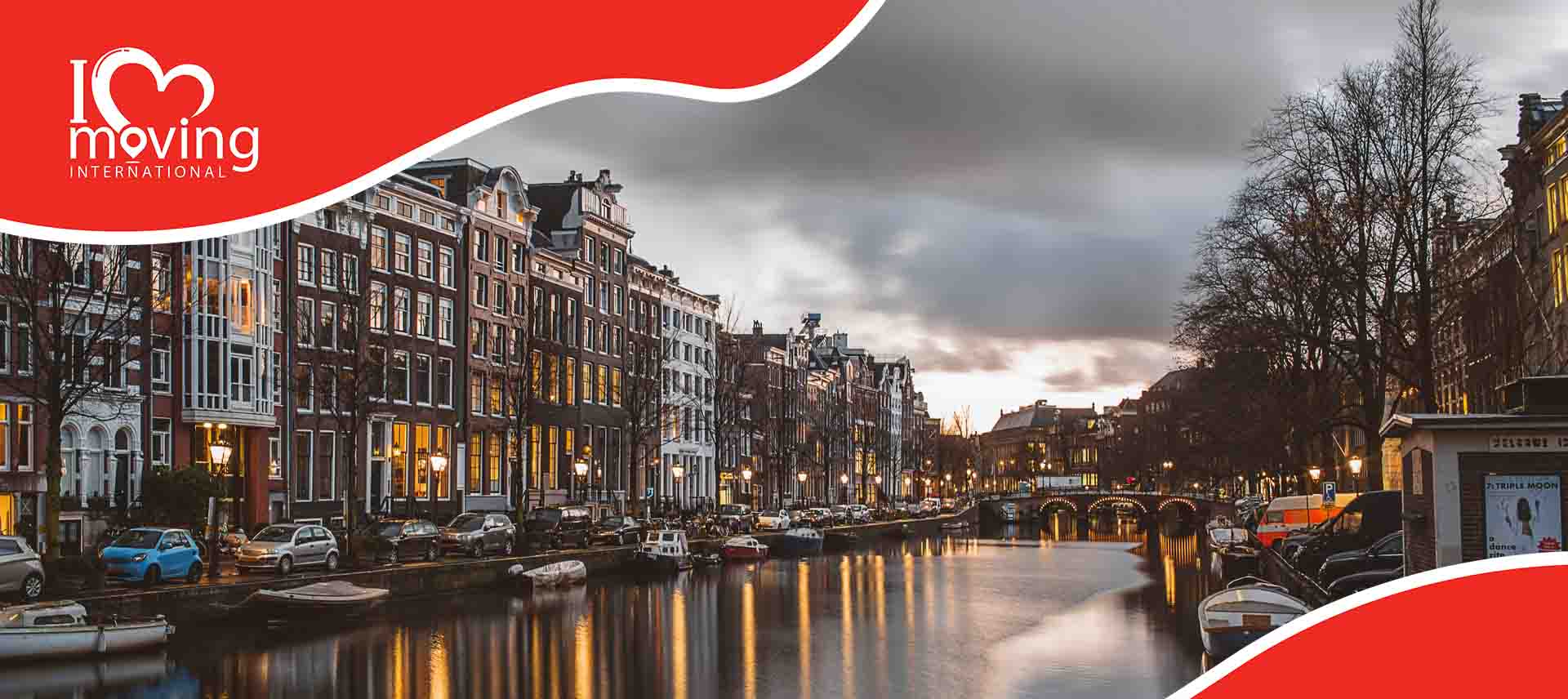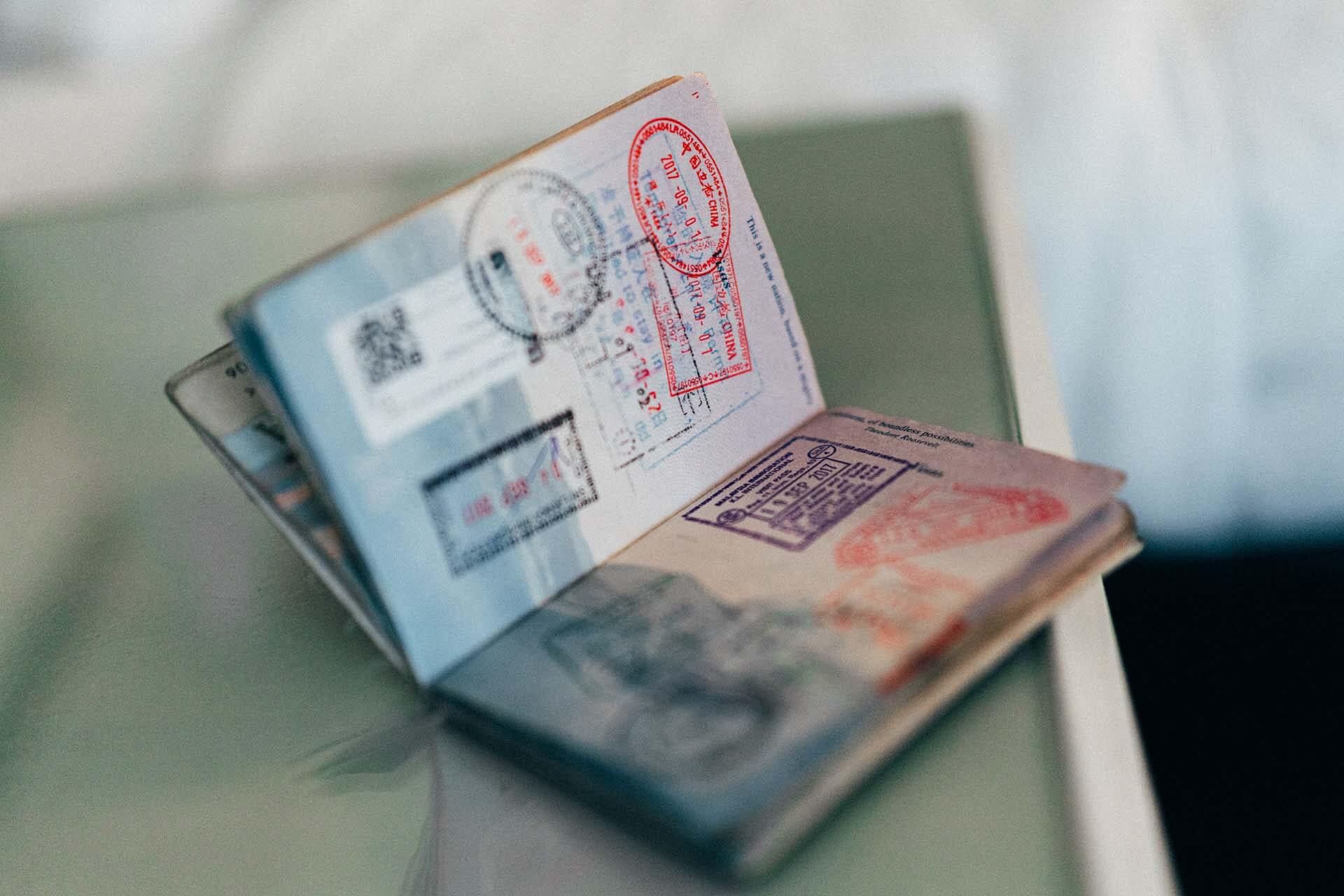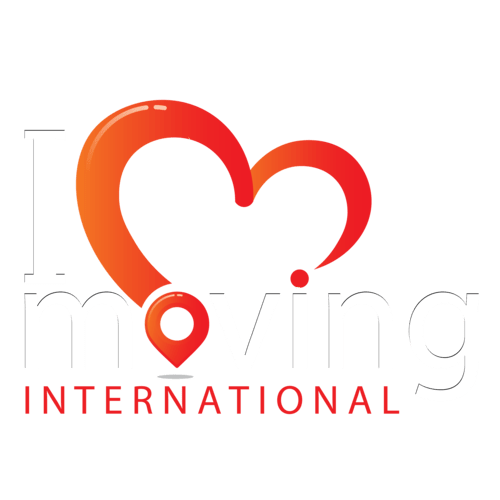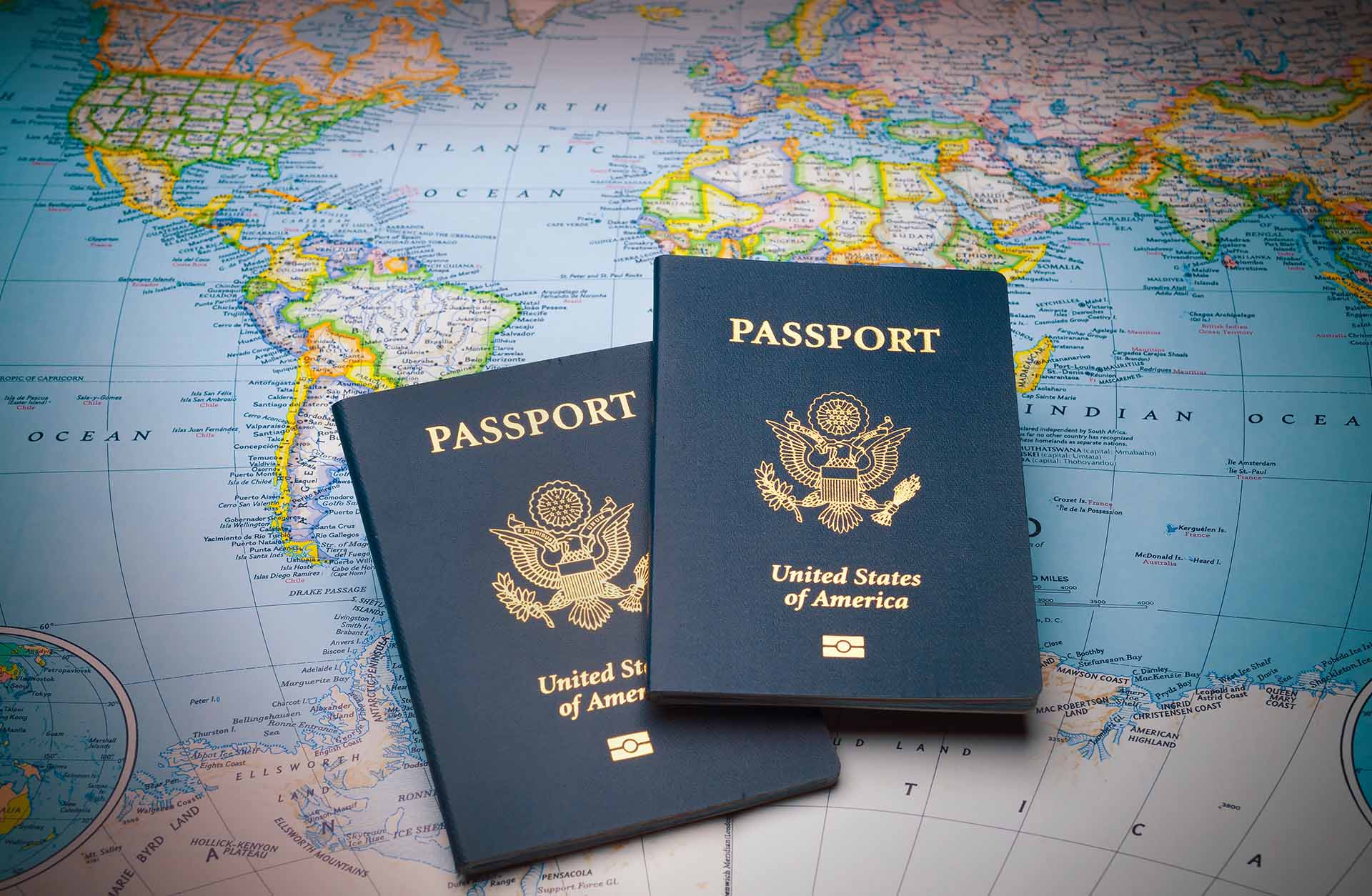If you’re planning on moving to Amsterdam and starting a new life as an expat, you should get to know the Dutch lifestyle and prepare for some differences that might await you. You should get familiar with the neighborhoods, climate, and safety of the city, as well as the daily habits and customs of the people living there.

Living in Amsterdam: Prepare Yourself for The Jewel of the Netherlands
The most important step when relocating across the world is preparation. Before you move abroad to the Venice of the North, you should think about accommodation, groceries, healthcare, employment, permits, and prepare yourself for the administrative aspects.
Life in Amsterdam is calmer, safer, and more family-friendly than people seem to think, especially in the areas that are away from the tourist-filled spots. Living in the jewel of the Netherlands is not as expensive as it is in other western capitals of Europe, but you should still prepare to spend a high amount of money for your basic things.
Basic Costs of Living
The cost of living in Amsterdam is quite reasonable, especially when compared to the average income. It’s estimated that the monthly costs of living for one person are around 1000 dollars without rent. The basic utilities, like water, electricity, heating, cooling, and garbage for an 85m2 apartment amount to around 200 dollars.
Take a look at the approximate costs of groceries:
| Gallon of Milk | Local Cheese (1lb) | Beef Round (1 lb) | Potato (1 lb) | Apples (1 lb) | |
|---|---|---|---|---|---|
| Amsterdam | $4.73 | $5.87 | $9.94 | $0.74 | $1.31 |
Housing Can Be Expensive
Unlike the basic costs of living, housing prices can be very expensive. That is due to the fact that a big part of the city’s housing market provides social housing to individuals, which is not available to expats. Apart from that, it’s also hard to find furnished places in the city, and those on the market usually get snatched immediately.
The Dutch capital is a popular place to live in, so prices are always rising. Renting a one-bedroom apartment is around 1,700 dollars per month in the center and 1,300 dollars per month outside the center. If you’re looking to rent a bigger place, a three-bedroom apartment is around 3,000 dollars per month in the center and 2,000 dollars per month outside the center.
For those looking to buy an apartment in the center, you should set aside around 8,500 dollars per square meter. A place outside of the center will cost you around 5,400 dollars per square meter.
Healthcare in The Netherlands
Getting private health insurance is obligatory for everyone, no matter if you have coverage in your home country or not. Without health insurance, you cannot get access to healthcare in the Netherlands. The only care that the state provides is for chronic disease treatments.
A standard insurance package and its components are regulated by the government to make sure all the providers offer the same coverage. You will have most medications, hospital treatment, general practitioner care, dental care up to 18 years old, antenatal and postnatal care, obstetricians and midwives, speech therapies, and limited physiotherapy for those quitting smoking.
Getting standard health insurance plan will cost you around 110–165 USD (100–150 EUR) per month, but you will also need to cover the initial costs to a certain amount before your chosen health insurance starts paying for your healthcare.

Career Opportunities
Getting a job in Europe as an American can be challenging, so it might be best to start your search before moving. There are many websites where internationals can look for jobs before their relocation:
- JobsInAmsterdam
- Jobtrack
- Werk.nl
- Monsterboard.nl
- Undutchables
- Nationale Vacaturebank
- Vacaturekrant
Once you get there, you can go to the Public Employment Services (UWV) to get some advice and information about companies that are recruiting. You can also go to one of the many recruitment agencies (uitzendbureaus) anywhere in the city.
Learn Dutch Before Moving to Amsterdam
Even though learning Dutch is not absolutely necessary, it does give you an advantage when looking for a job. The city is very international and almost everyone can speak English, but knowing the language will help you in the long-run. It can help you with meeting new people, boost your social life, and locals will surely appreciate it. And you by breaking the language barrier, you can watch and understand the local news.
You can visit the language institute in the Vrije Universiteit and take their daytime and evening language classes. These classes can help you prepare for the NT2 exam – the State Examination of Dutch as a Second Language.
Where to Live in Amsterdam – Find the Best Neighborhood
From the city’s humble beginnings as a fishing village in the 13th-century, it has been a bustling hub of commerce and tourism that has welcomed many other cultures. Their tolerant culture, fascinating history, picturesque homes, and friendly residents are what make it a great place to live in. Each part of the city possesses its own unique and individual character and charm. They also have a lot of cafés, restaurants, shops, and attractions.
When choosing a place for your future, you should get to know each of Amsterdam’s eight neighborhoods:
- Centrum (Center)
- Noord (North)
- West
- Nieuw-West (New West)
- Westpoort (Western Port)
- Zuid (South)
- Zuidoost (Southeast)
- Oost (East)
Amsterdam's Neighborhoods
The Centrum is filled with all the tourist attractions, including the city’s famous canals. Since it is loud and busy, with tourists and residents going through, it’s best for those who love the buzz of living in a downtown area. You can get a place in one of the four districts: Grachtengordel (Canal Belt), De Walled (Red Light district), Nieuwmarkt, and Jordaan.
For those looking for a quieter place, away from the downtown buzz but still close to everything, then you should look for a place in the Noord. With ferries and metro lines, it’s easily accessible. It also has plenty of nature in it, so it’s great if you’re looking for tranquility in the big city. Noord has many different neighborhoods you should look through: Buiksloterham, Banne Buiksloot, Kadoelen, Landelijk Noord, Tuindorp Buiksloot and Buikslotermeer, Schellingwoude and Nieuwendam, Oostzanerwerft and Tuindorp Oostzaan, Van der Pekbuurt and Volewijck, and IJpleinand Vogelwijk.
The greenest neighborhood is also the one with the higher-than-average crime rate, which gave it a slightly bad reputation. Luckily, it has improved over the years, making it a calm, suburban, and affordable area with a good connection to the city’s center. The neighborhood is made of five districts: De Aker, Nieuw Sloten, Guezenveld, Slotermeer, Osdorp, and Slotervaar
A combination of lively shopping areas and residential streets is what you expect from the West. It attracts plenty of locals and expats with its big city park, beautiful architecture, excellent eateries, and so many more things to see and do. De Baarsjes, Bons en Lommer, Spaarndammerbuurt, Oud-West, and Westerpark are five districts in this neighborhood.
The main industrial part of the city is Westpoort. It’s also where the port is located, along with many offices and business buildings, so there are just a few residents here.
Filled with cultural gems, business areas, and hip places, Zuid is a fancy residential neighborhood that is home to many professionals and families. Zuid is made of six neighborhoods: Apollobuurt, Oud-Zuid, De Pijp, Buitenveldert and Amstelveen, Zuidas, and Rivierenbuurt.
An ethnically diverse area, Zuidoost has been the home for those looking to save money on housing. For years, it has been considered as dangerous, but it has been undergoing a makeover that has made it into a nice and welcoming suburban neighborhood.
If you’re looking for an area that attracts students and young professionals, then you should go to the East area. With plenty of green areas, hip bars, shopping areas, enchanting architecture, and Middle-Eastern culture, it is definitely an interesting place that has something for everyone.. Oost is made of six different districts: Oostelijk Havangebeid, Indische Buurt, IJburg, Watergraafsmeer, Oud-Oost, and Zeeburg.
Getting Around the City
Being a world-class international transport hub, there are plenty of ways to get into and around the city. It’s easy to reach the city by train through any of the nine stations, by plane through the Schiphol Airport, by car via the S-routes, and boat through the Port of Amsterdam. So, it’s up to you to choose if you want to move by sea, relocate by air, or have your belongings wait for you in storage units while you come with your own means of transportation.
When you reach the capital, you can use tram, bus, and metro lines to get around. If you plan on using local transport, a one-way ticket will cost you around 3 dollars and a monthly pass around 100 dollars. A one-hour ticket can be purchased from the conductor or driver once you’re a bus or tram, while day tickets need to be bought purchased in advance. All of these tickets are valid across the entire public transportation network from the first use, which means you can take as many journeys as you want within a chosen time-frame.

Is Life in Amsterdam Safe?
The Dutch capital has continuously been among the safest cities in the world. In 2019, The Economist’s Safe Cities Index has ranked it as the world’s fourth safest city in its report. It was sixth in 2017 and fifth in 2015.
Many believe that the fact that marijuana is legal might make the city more dangerous, but it seems it’s quite the opposite. If anything, it even makes it safer for individuals who want to try them out.
The Cultural Epicenter
With its wonderful attractions, art, culture, history, food, and nightlife, the Dutch capital is considered the heart of culture in Europe. It’s home to many world-famous museums, including the Rijksmuseum, the Van Gogh Museum, the Stedelijk Museum, and the Rembrandt House Museum.
The Rijksmuseum has an internationally revered collection that is filled with some of the most famous national treasures the Netherlands has, including the famous The Night Watch done by Rembrandt. You can also see the renowned Dutch artist at the Rembrandt House Museum.
Another great museum in the city is the Van Gogh Museum, where you can see the recognizable impressionist works and track the artist’s development over the years. For modern artworks, you can go to the Stedelijk Museum – the largest Dutch museum of modern and contemporary art.
Residence and Work Permits
Depending on the country of origin, you might require a visa to work and live in the Netherlands. When moving from the US to the Netherlands, you won’t need a visa, because of the Friendship Treaty between these two countries. However, you must have a valid residence permit that you can get from the Dutch Immigration Authorities (IND – Immigratie en Naturalisatiedienst). And you will also have to register at the municipality where you will be staying within the first five days of your arrival. In order to register, you will need the following documents:
- ID card or passport
- Birth certificate
- Rental contract or proof that you’ve purchased a house
In case you plan on working under a standard contract, studying at a Dutch university, or just joining your family that is already living in the country, you can apply through a host in the Netherlands. As for getting a work permit, you won’t have to worry about that. If you’re moving for a job, then your employer needs to take care of the work permit on your behalf. Make sure you check this and any other important matters and questions about your relocation with your current or future employer.

Going to Amsterdam with Your Pet
If you want to move with your pet to the Netherlands, it needs to be at least 15 weeks old, vaccinated against rabies, and microchipped. Along with that, your beloved pet must have proper documentation and a pet passport. Just like you must report to a municipality once you relocate, you will also need to register your animal with the proper authorities.
In case you’re moving with your dog, you will have to go to the town hall and register your pet within two weeks of your arrival. The same goes if you’re relocating with a cat. However, if you want to bring a fish, bird, rodent, reptile, amphibian, or any other animal, you must get a health certificate signed by a veterinarian.

Why Moving to Amsterdam Is a Good Idea
Once you sort out all of the documents and papers you need, you can relocate to the Dutch capital and start enjoying what it has to offer. You will get to try some of the tasty local food, enjoy famous museums, unique culture, beautiful architecture, excellent schools, and friendly people.









